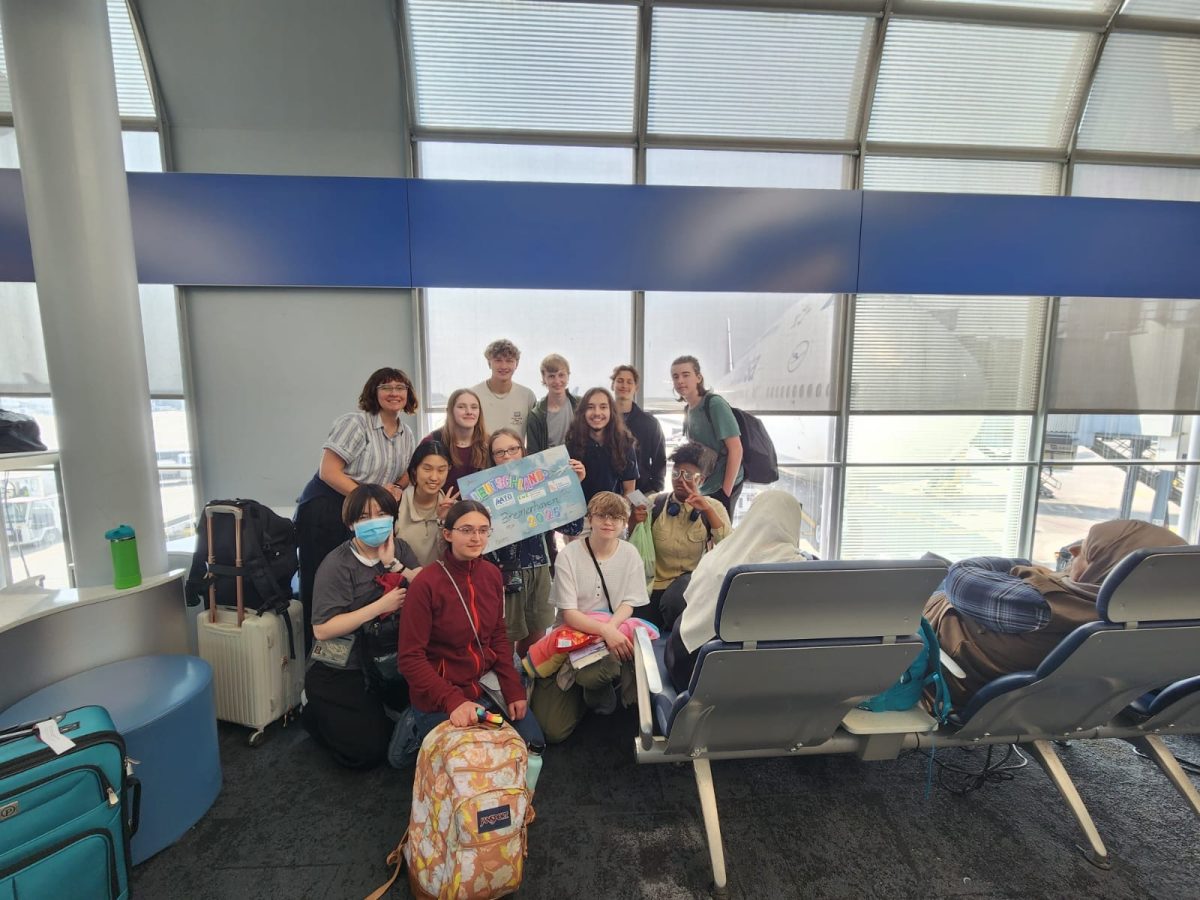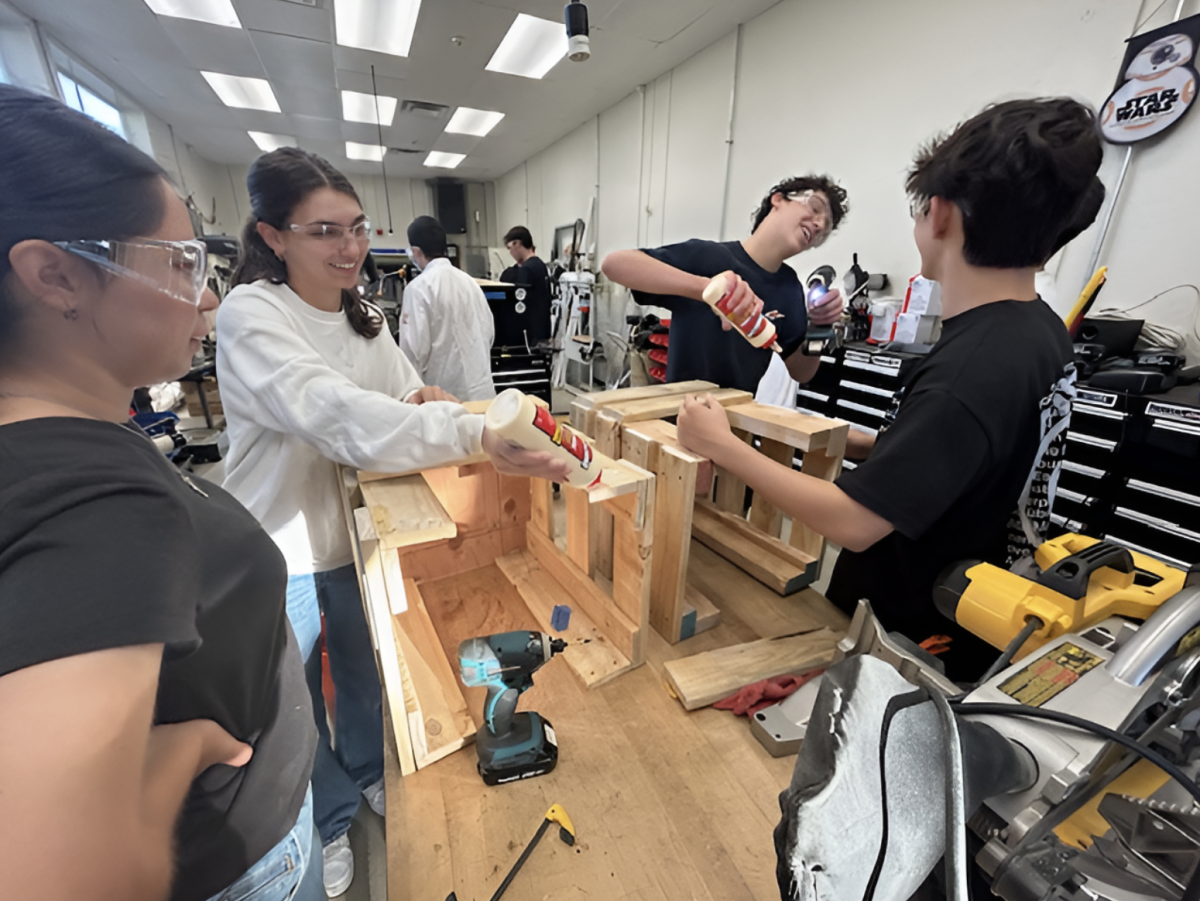Yale.
Stanford.
Princeton.
As I sat down in my counselor’s room in February of my junior year reading the list of schools involved with this program I have never heard about, my jaw dropped in awe.
QuestBridge, as my counselor Cindy Moreno told me, is a national nonprofit scholarship program that connects exceptional, low-income youth with top partnered colleges and opportunities.
I could not believe what I was hearing — an opportunity to receive a full-ride scholarship to schools I only dreamed about attending felt unreal. But now as a senior, I see myself applying to these elite schools, and so should others.
Moreno told me that the scholarship organization was a highly competitive program that thousands of students apply to every year; however, she believed that with my grades, extracurriculars and low-income status, I would be able to get in.
During this meeting, it truly hit me how much of a disadvantage I faced : I was not only a Hispanic student in a predominantly Asian school, where academic excellence feels like the norm, but I was also a part of the lower socioeconomic level.
While it may be embarrassing for one to come to this realization, I saw this opportunity as a blessing instead – a chance to strive for higher education.
After consulting with my mother and attending another session with my counselor and mother there later that February, we decided to give it our all to QuestBridge.
Since I was still a junior, I applied for the “College Prep Scholars” program first. The questbridge.com online application consists of an essay, short and long answers, personal questions and a teacher recommendation.
On April 21, while I was in class I received an email that the results had been posted on the website, and although I wanted to wait to open it with my mother, curiosity got the best of me. So, I pulled out my phone and covered my mouth in aw: I was one of 3,414 students selected from over 13,000 junior students who applied.
Over the summer, I attended the six-hour long online Questbridge National College Admissions Conference, where I engaged with other College Prep Scholars, QuestBridge students and college admissions officers.
From this insightful experience, I learned that the scholarship organization truly aims to connect minority and lower socioeconomic status students who passionately care for their future.
However, the binding aspect became a shadow that loomed over my shoulder when I debated whether to apply to the National College Match [NCM], the full-ride scholarship program. Once students are accepted into this level, they need to “rank” schools, which consists of creating an ordered list of the colleges the applicant desires to attend.
Ultimately, the more schools I rank, the higher my chances would be of getting in; yet, this process ultimately signifies being obligated to attend a college I may not wholeheartedly want to attend for the sake of receiving a scholarship.
Though all the partners were of high prestige, that did not mean they were all for me. But at the same time, it would be unwise to simply not take advantage and drop the application as a whole.
Similarly, even if the partners I list do not want to grant me a full-ride scholarship, if I make it into the NCM, I have the benefit of possibly qualifying for a less coverage of one or accessing other awards such as the Humanities or STEM
Additionally, if I do not get accepted into the match, I still have time to apply to other universities.
In the end, stigma surrounding lower-income students may serve as a deterrent for some, but programs, such as QuestBridge, exist that help students such as myself.
This is why by Sept. 27, I will have submitted my application, aiming for higher education, and I hope more on our campus who qualify for Questbridge will look into this as well.














